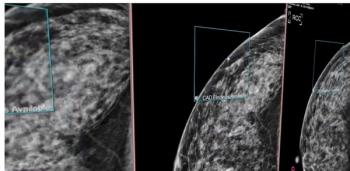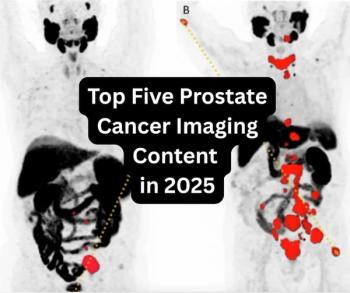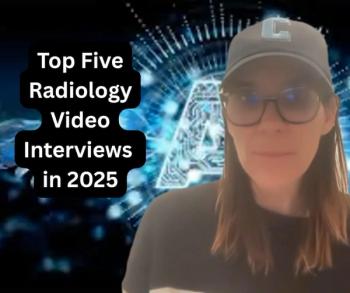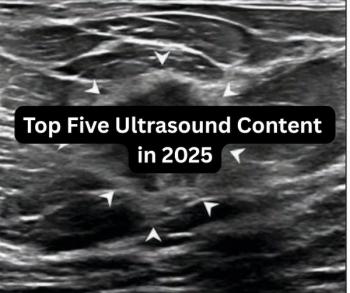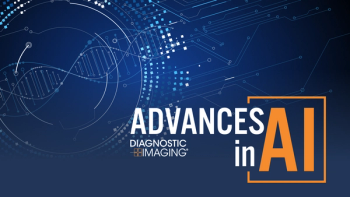
Could Cardiac MRI Improve Risk Stratification in Patients with Dilated Cardiomyopathy?
Emerging research suggests that cardiac MRI findings of late gadolinium enhancement, native T1 values and extracellular volume fraction may predict sudden cardiac death-related events in patients with nonischemic dilated cardiomyopathy.
Dilated cardiomyopathy (DCM) reportedly affects one of 2,500 people in the United States and sudden cardiac death (SCD) is responsible for 30 percent of the deaths in this patient population.1,2 However, recent findings with myocardial tissue characterization on cardiac magnetic resonance imaging (MRI) may help identify those at higher risk of SCD and facilitate primary preventive options.
In a prospective study, recently published in
After adjustment for factors such as atrial fibrillation, systolic blood pressure and left ventricular ejection fraction, the researchers found that late gadolinium enhancement (LGE) had a 1.87 hazard ratio (HR) for SCD-related events. The study authors also noted a 1.26 HR per 3 percent increases in extracellular volume fraction and a 1.07 HR per 10-msec increase in native T1 value.3
In addition to identifying these independent predictors of SCD-related events, the researchers found the combination of LGE and native T1 mapping beneficial in predicting SCD risk. According to the study, they found the highest annual SCD-related events rate (9.3 percent) in patients with a native T1 value four standard deviations (SDs) above the mean (1382 msec) while the lowest annual SCD-events rate occurred for patients with negative LGE and a native T1 value two SDs below the mean (1292 msec).3
“A risk category based on LGE and native T1 could be used to stratify participants with different risks of experiencing SCD-related events … and was superior to the LGE and left ventricular ejection fraction … in recognizing SCD-related events,” wrote Yucheng Chen, M.D., FACC, who is affiliated with the Department of Cardiology at Sichuan University in Sichuan, China, and colleagues.
For high-risk patients with DCM, the researchers noted a 3.09 HR for heart failure-related events and a 9.71 HR for SCD-related events.3
(Editor's note: For a related article, see "
In an
“The improved risk stratification of arrhythmic end points by the combination of LGE and native T1 shown in the study … has important implications for better selection of patients for ICD therapy,” noted Dr. Sakuma, a professor and chairperson of the Department of Radiology at Mie University in Japan, and past president of the Asian Society of Cardiovascular Imaging.
In regard to study limitations, the researchers acknowledged the limitations of a single-center study. They noted that the low proportion of patients on ICD treatment in the study may have led to underestimation of arrhythmic events. Chen and colleagues pointed out the use of different MRI scanners and techniques can impact the values one may see with native T1 scans and findings with extracellular volume fraction.
Newsletter
Stay at the forefront of radiology with the Diagnostic Imaging newsletter, delivering the latest news, clinical insights, and imaging advancements for today’s radiologists.

